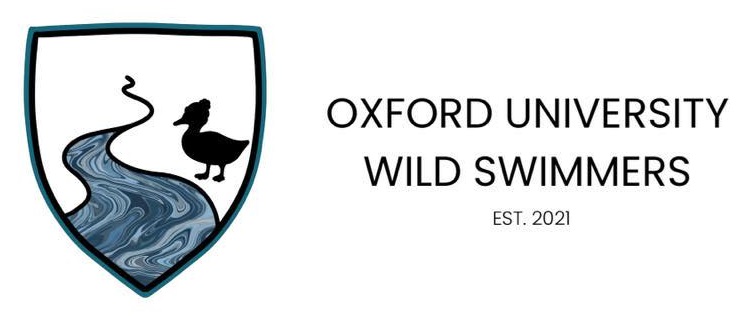Financial Statement: Net Position $176.3M | 25 Year Master Plan
Grits are made from dried corn ground into coarse or fine particles. The corn kernels are treated to remove the hull, resulting in hominy, which is then dried and milled into grits. To prepare, the grits are simmered in water, milk, or broth until soft and creamy.
They are served hot with butter, salt, or cheese. Sweet versions might include sugar or honey. In the Southern U.S., grits are sometimes paired with eggs, bacon, sausage, or shrimp for a hearty start to the day.
The Corn Refiners Association and the U.S. Food and Drug Administration provide guidelines for defining and labeling grits:
- Ingredients: Grits must be made from corn, typically white or yellow dent corn, and may undergo processes like dehulling or grinding.
- Grinding: Grits are classified by texture—stone-ground (coarser) or processed grits (finer).
- Preparation: Cooking guidelines suggest a 4:1 liquid-to-grits ratio, simmered until creamy. Traditional grits often use water, milk, or broth.
While variations exist, Southern-style grits generally follow these principles.
“The Brew” at Ellender Memorial Library
Thank you to Chef Phil Wingo for being with us this week to teach our students all about BBQ!#nichollsculinary #cjfci #guestchef #bbq #weknowfood pic.twitter.com/yHGzgL9Ul1
— Chef John Folse Culinary Institute (@NichollsCJFCI) February 18, 2020
One of the best traditions on campus. Crawfish Day 2025 was full of food, music, and good times🦞Thanks to SPA for another great year! #CrawfishDay #GeauxColonels pic.twitter.com/RFIxlMzswq
— Nicholls State University (@NichollsState) April 11, 2025



























